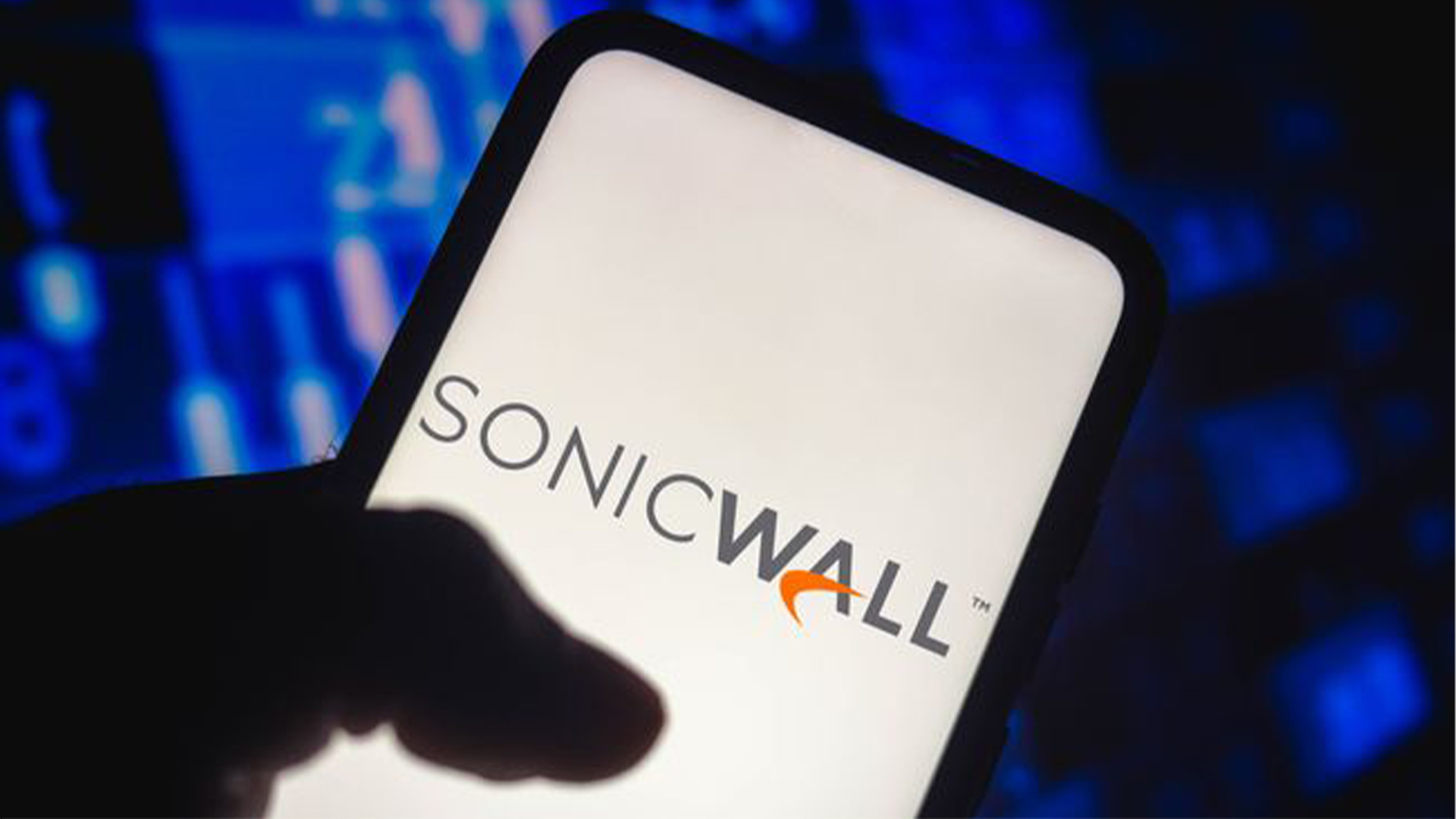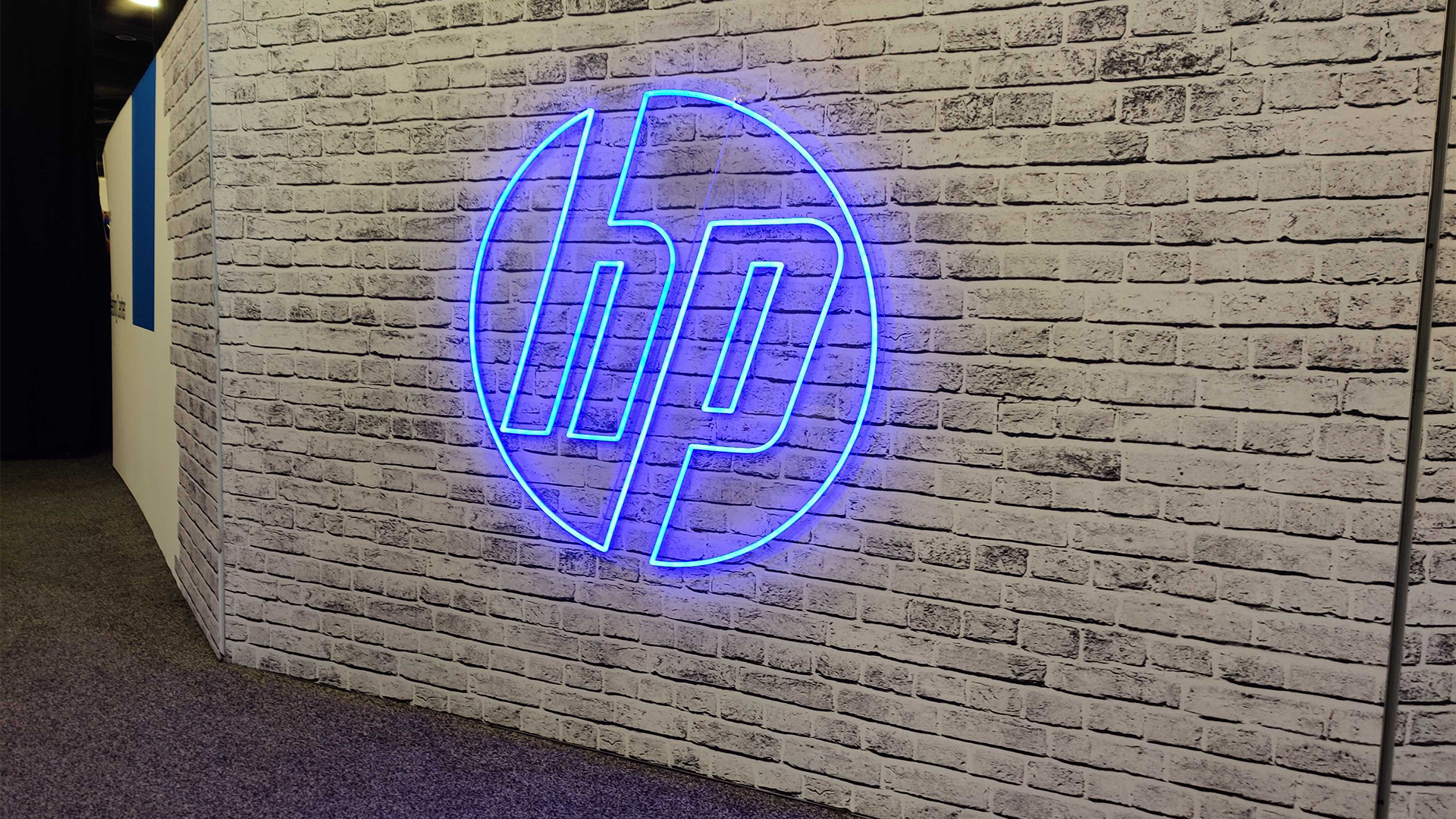Goodbye channel, hello partner ecosystems
Whether it's advocate or influencer, is the channel ready for a whole new approach to doing business?


The last couple of years have seen the IT channel landscape evolve dramatically. The prevalence of cloud has changed the way increasingly tech-savvy customers purchase and consume technology.
It's estimated that 73% of business buyers find the web more convenient to make purchases, and that 17% of all B2B transactions will happen through eCommerce by 2023 - potentially bypassing the channel entirely.
In addition, the channel is now as likely to sell to any Line of Business (LoB) buyer as the IT department, meaning a complete shift in their sales engagement.
Naturally, these changes are having a huge impact on the channel business model. "Utility-based, pay-as-you-go, self-service and procure over the web, scale up or down, in our out, pay by credit card, cloud as the operating system - all these paradigms revolutionise the IT landscape, and are catalysts for distributed, non-hierarchical partner ecosystems," says Dob Todorov, CEO of AWS Advanced Consulting partner, HeleCloud.
"Most cloud services providers engage with their customers directly, online, and allow these customers to sign up for services completely bypassing the middle-man, which back in the day was referred to as the trusted advisor," he tells Channel Pro.
Channel makeover
This approach raises questions around the relevancy of the legacy two-tier distribution model in 2019. The distribution tier adds "little value" in the context of individual services, argues Todorov, but he concedes that disties will continue to play a role - however short-lived - as a service aggregation point across multiple providers, and in terms of volume discounts.
"This exposes distributors to the threats of commoditisation of their services, and...online cloud and other services brokers that can easily establish similar service aggregation capabilities," he warns.
ChannelPro Newsletter
Stay up to date with the latest Channel industry news and analysis with our twice-weekly newsletter
But it's not just distribution that is undergoing a makeover; while 'traditional' VARs and SIs still exist and thrive, the move to digital services means that a vendor could count an accountancy or digital marketing firm among the next generation of channel partner.
"We've come a long way from the traditional world where deals were struck up based on 'box shifting' - and now see variety in the way the community works together," Robinder Koura, head of channel, EMEA, at UCaaS vendor RingCentral tells Channel Pro.
Koura says that the evolution of technology not only means the company is "targeting completely different buyers within the end-user organisations" but it's seeing a big shift in the types of partners with which it now engages: "It's no longer about the traditional resellers only, it's much broader," he says.
The new ecosystem
"Everyone's trying to be a tech services company," says Forrester channel analyst Jay McBain. "Accountant, legal company, architect, digital agency - every industry has these services company now and they're numbered in the millions."
Along with the influx of new channel partners - which could be described as "influencers, alliance partners, or advocates" - McBain predicts that vendors will "evolve their programmes past pyramid tiers and start looking at partners based on their skills around buyer types, sub-industries, geographies, sectors, segments, customer size, and the technology stack".
"The new approach is the ecosystem approach," he tells Channel Pro. "Instead of shoving every new partner into gold, silver and bronze, an ecosystem is more open. It has a marketplace where ISVs and consultants can participate. It has programmes that are more self-service...where partners can select what's important to them.
"Some of the top ecosystems in the world are Salesforce, AWS, Google," he continues. "When you sign-up they don't force you into some six-month on-boarding programme, and make you get certified. They instead serve up a bunch of specialisations that allow you to take advantage of what helps you as a partner."
It's an approach with which Kerry Desberg, marketing director at partner relationship management (PRM) software provider, Impartner, agrees. "Providing a partner with exactly the right resources and incentives based on their size, specialty, region, recent actions, etc., is much more critical to driving performance than the rather blunt forcing function of a tiered programme," she tells Channel Pro.
Hyper-specialisation
In addition, McBain forecasts that channel firms will start "partnering with other partners", and we'll see more hyper-specialisation among the millions of customer opportunities.
"Forrester's predictions are bold, but make sense in that vendors' approaches to channel partnerships must be to put the partner first as a real asset for their business," Mark Armstrong, HPE's UKI VP channels & alliances, tells Channel Pro.
"As technology proliferates into new markets such as HPC and AI, there is an increased requirement for more vertical solutions with the abilities to capture the increase of data at the edge. We, and our partners need a greater understanding of industries, markets and demands in order to add application value to the technology."
As elsewhere in the tech industry, some partners - and vendors - will feel overwhelmed or uncomfortable with the pace of change. But as with any disruption in the channel, there is an opportunity for partners who choose to embrace the unknown, rather than fear it.
As Koura explains: "As the technology landscape evolves - and the buying cycle and approach moves with it - it's only natural that the channel landscape does too."
Christine has been a tech journalist for over 20 years, 10 of which she spent exclusively covering the IT Channel. From 2006-2009 she worked as the editor of Channel Business, before moving on to ChannelPro where she was editor and, latterly, senior editor.
Since 2016, she has been a freelance writer, editor, and copywriter and continues to cover the channel in addition to broader IT themes. Additionally, she provides media training explaining what the channel is and why it’s important to businesses.
-
 Bigger salaries, more burnout: Is the CISO role in crisis?
Bigger salaries, more burnout: Is the CISO role in crisis?In-depth CISOs are more stressed than ever before – but why is this and what can be done?
By Kate O'Flaherty Published
-
 Cheap cyber crime kits can be bought on the dark web for less than $25
Cheap cyber crime kits can be bought on the dark web for less than $25News Research from NordVPN shows phishing kits are now widely available on the dark web and via messaging apps like Telegram, and are often selling for less than $25.
By Emma Woollacott Published
-
 ‘Here in the European market, I think we are in a good position’: DocuWare CEO Dr Michael Berger on the company’s rapid growth
‘Here in the European market, I think we are in a good position’: DocuWare CEO Dr Michael Berger on the company’s rapid growthNews ChannelPro sat down with DocuWare CEO Michael Berger to discuss the company's rapid growth and channel strategy.
By Bobby Hellard Published
-
 Group-IB launches partner program as channel-first strategy kicks off in Europe
Group-IB launches partner program as channel-first strategy kicks off in EuropeNews The vendor said the initiative reflects its commitment to building a resilient cyber security ecosystem across Europe
By Daniel Todd Published
-
 Datatonic eyes fresh growth drive with new CEO appointment
Datatonic eyes fresh growth drive with new CEO appointmentNews Datatonic has announced the appointment of Scott Eivers as its new CEO as the enterprise data and AI solutions provider looks to its next phase of growth.
By Daniel Todd Published
-
 Marketing talent brain drain could stunt channel partner success
Marketing talent brain drain could stunt channel partner successNews Valuable partner marketing skills are at risk of being lost as the structure of channel marketing teams continues to shift, according to new research.
By Daniel Todd Published
-
 LevelBlue launches new partner program that’s “built for the future”
LevelBlue launches new partner program that’s “built for the future”News The new partner initiative features a flexible, consumption-based model to help partners drive revenue
By Daniel Todd Published
-
 SonicWall pins ‘transformational year’ on strong partner growth
SonicWall pins ‘transformational year’ on strong partner growthNews The vendor’s channel-first strategy has fueled a 42% year-over-year increase in overall partner growth
By Daniel Todd Published
-
 HP’s sustainability drive is paying off for channel partners
HP’s sustainability drive is paying off for channel partnersNews Channel partners that bought into HP’s sustainability program saw sales increase as customers react positively
By Solomon Klappholz Published
-
 AI is now vital to MSP growth, but adoption challenges could hamper success
AI is now vital to MSP growth, but adoption challenges could hamper successNews Nine-in-ten MSPs say they view AI as a top priority for their growth ambitions in the year ahead.
By Daniel Todd Published